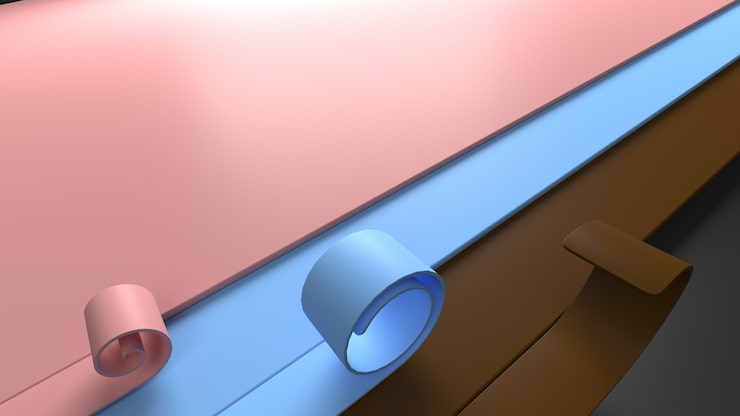Chlorinated Polyvinyl Chloride, commonly known as CPVC, was once widely used in plumbing, water distribution, and industrial piping systems. Its popularity stemmed from its higher temperature resistance compared to standard PVC, good chemical resistance, and relative ease of installation. However, in recent years, the use of CPVC has declined significantly, prompting the question: why is CPVC no longer used as frequently as before?
One of the main reasons is material performance limitations over time. Although CPVC can handle higher temperatures than PVC, it is prone to degradation when exposed to prolonged heat, UV light, or certain chemicals. Over decades of service, CPVC pipes may become brittle, leading to cracking or failures, particularly in regions with high water temperatures or direct sunlight exposure. This has caused engineers and builders to reconsider its use in long-term installations.

Another factor is installation complexity and risk. CPVC relies heavily on solvent cement to join pipes and fittings. Proper preparation, including cleaning, priming, and correct application of cement, is critical for a reliable joint. Mistakes in this process can result in leaks, weak connections, or premature failure. In large-scale construction projects or industrial settings, this risk becomes a significant concern, especially when compared to alternative materials like PEX or HDPE, which use simpler fusion or mechanical joining methods.
Chemical sensitivity also contributes to CPVC’s declining use. While it performs well in many water systems, CPVC can be attacked by strong acids, bases, or solvents over time. Additionally, its performance is affected by chlorine concentrations in municipal water. High levels of chlorine or repeated exposure can reduce the material’s lifespan, leading utilities and homeowners to favor more chemically resistant options.
Environmental and regulatory considerations play a role as well. CPVC is a thermoplastic that can release hazardous fumes if burned or improperly disposed of. Increasing emphasis on environmentally friendly materials has led the industry to prefer alternatives that are more recyclable or have lower environmental impact. Materials like PEX or HDPE are seen as greener choices due to their lower energy requirements for production and longer service life with less maintenance.
Another reason is emerging competition from modern materials. PEX, for example, offers flexibility, freeze resistance, and simpler installation without the need for adhesives. HDPE and other advanced polymers provide high durability, corrosion resistance, and fusion-based joining that reduces the risk of leaks. As these alternatives became more cost-effective and widely available, CPVC lost its competitive advantage in both residential and industrial applications.
Despite its decline, CPVC still has applications in certain industrial or high-temperature systems. It is resistant to moderate heat and corrosive chemicals, making it suitable for some chemical processing lines or fire sprinkler systems. However, for mainstream plumbing, water supply, and municipal systems, its use has sharply decreased due to the combination of brittleness, installation challenges, chemical limitations, and environmental concerns.
The trend in modern piping shows that engineers prioritize long-term reliability, ease of installation, and sustainability. CPVC’s reduced use reflects this shift, as more durable and flexible materials allow for faster construction, lower maintenance costs, and improved safety standards. Understanding why CPVC is no longer used helps industry professionals make informed decisions when designing water and chemical piping systems, ensuring better performance and fewer failures over time.


